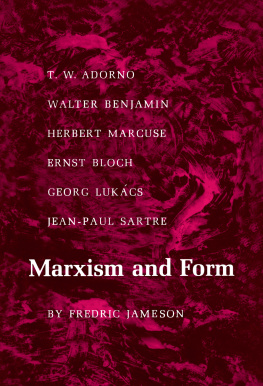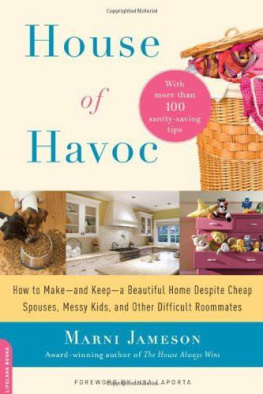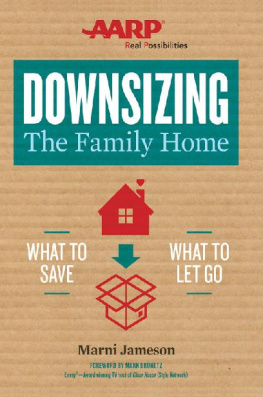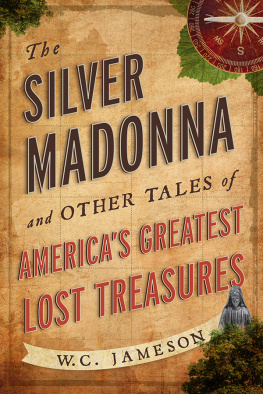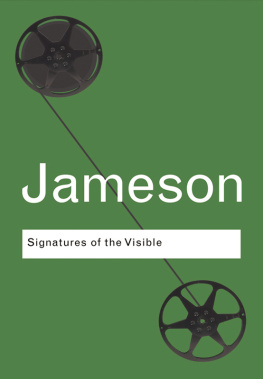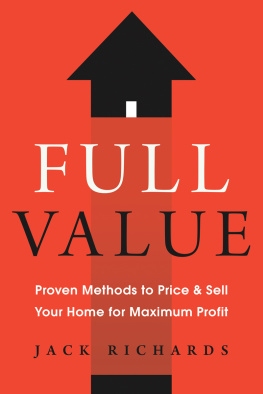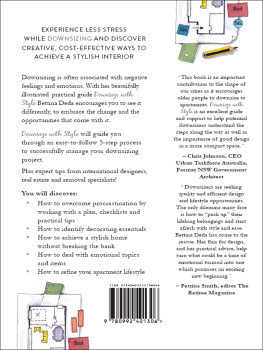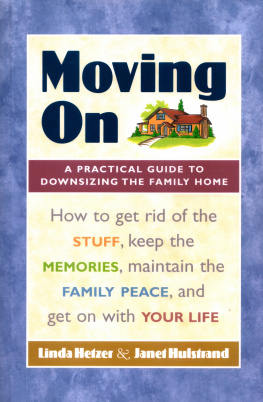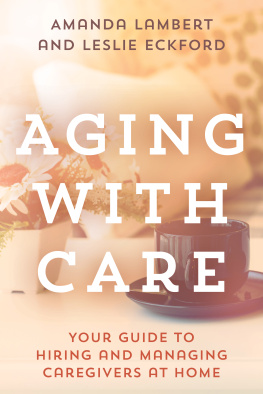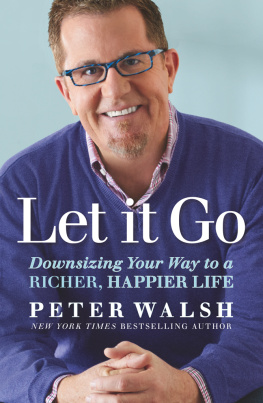STERLING and the distinctive Sterling logo are registered trademarks of Sterling Publishing Co., Inc.
AARP is a registered trademark. All rights reserved.
All rights reserved. No part of this publication may be reproduced, stored in a retrieval system, or transmitted in any form or by any means (including electronic, mechanical, photocopying, recording, or otherwise) without prior written permission from the publisher.
This book is intended for informational purposes only. Every effort has been made to ensure that all information contained in this book was current and accurate at the time of publication. AARP, the author and the publisher shall not be liable or responsible for any use or application of any content contained in this book, or for any consequences, loss or damage arising from, directly or indirectly, the use or application of any content contained in this book. Any trademarks are the property of their respective owners, are used for editorial purposes only, and the publisher makes no claim of ownership and shall acquire no right, title, or interest in such trademarks by virtue of this publication.
AARP, established in 1958, is a nonprofit, nonpartisan organization, and the reference to an organization or website in this book does not necessarily mean that AARP endorses that organization or website and all opinions expressed in this book do not necessarily reflect the views of AARP.
For information about custom editions, special sales, and premium and corporate purchases, please contact Sterling Special Sales at 800-805-5489 or specialsales@sterlingpublishing.com.
Foreword
In Downsizing the Family Home, Marni Jameson takes us on a personal journey that promises to impart a new way of thinking when it comes to honoring what we as adult children treasure most: our parents and their legacy.
As cohost of Clean House on the Style Network for nearly a decade, I have had over 300 families from all over the United States open their homes and their hearts to me, contributing incredible insights into how to deal with a house full of stuff and a heart full of stories. The result was captured in my first book, Take the U Out of Clutter, released in 2010, which coincidentally is when Marni and I first made contact.
What began as a simple interview about the stories that hold us back when it comes to clearing out clutter quickly blossomed into a professional kinship rooted in a mutual passion: helping people help themselves. Not only did Marni take my advice, she left no stone unturned.
Armed with smelling salts and a bulldozer, Marni takes no prisoners in her quest to clear out her parents homestead, keeping the items that truly matter and liquidating those that dont into the funds needed to sustain her parents in assisted living. Along with her humility and chutzpah, what becomes evidently clear is that she, like many of usafraid of dishonoring our parents when making decisions about their personal itemsproves that it can be done with respect, dignity, and, above all, their approval.
A sign of our times, Downsizing the Family Home is one of the most comprehensive resource books Ive ever read about how to divvy the goods and allocate precious items in todays marketplace. Finally, direct answers to the impossible question: What do I keep, sell, donate, or trash? Providing readers with detailed instructions and valuable resources, Marni has emerged as more than an astute columnist and investigative reporter on all things home. She is a true advocate of the heart. And that, my friends, is why this book will serve you and generations to come.
Be prepared to laugh, cry, and let go. Then hold on tight to what matters most.
Enjoy!
MARK BRUNETZ
Introduction
But It Was Moms!
All across the country, the groans are getting louder as the adult children of aging parents, and often the parents themselves, look at a lifetime of accumulations and cry: What am I going to do with all this stuff? Never before in history have we been blessed with so muchand felt so overwhelmed by it.
Although I now know that I am not alone, I sure felt alone in January 2013 when I stood paralyzed on the threshold of my childhood home, a fully loaded house where my parents had lived for nearly fifty years. I, too, cried, What am I going to do with all this stuff? as I faced the task of clearing out the old homestead and getting it on the market.
Waylaid by emotion and the responsibility for doing the right thingwhatever that waswith my parents lifetimes worth of possessions, I felt ill equipped.
I wanted to be respectful of my parents belongings, honor their lives, be a good steward of their assets, and preserve their past and mine. At the same time, I didnt want to be weighed down by more stuff, even if that stuff meant somethingand it almost all did. I had a house full of things, too. Although I knew that most older parents, including mine, want to gift their children with the assets of their productive lives and bequeath them the roots of their history, they do not want their households to be albatrosses.
But the line between bestow and burden is blurry.
I looked for help and found little published about what to do with the avalanche that the greatest generation is leaving to those in its wake. The books I could find were written by estate-sale professionals, who approached a houseful of memories and stuff as a business problem, with the solution being to hire an expert. That seemed to be missing the heart of the matter. Many books also deal with clutter, but calling your parents belongings clutter seems demeaning. Were dealing with a vast amount of memory-laden, historical, occasionally valuable, often irreplaceable acquisitions. In short, were talking about the museum of your familys life.
( Marni Jameson)
The house in Orange, California, my parents and I called home for nearly half a century.
Faced with this, I did what I do. As a journalist and nationally syndicated columnist who has written a column on home life and home design for a dozen years, I called on my own pool of expertsantiques appraisers, organizing gurus, family psychologists, art experts, and garage-sale aficionadosand grilled them.
I applied the pieces of their advice that made sense to me along with my own instincts and wrote about it all as I went through the process. In my weekly column, I chronicled this rite of passage: the learning and loving and letting go.
Never in my nearly thirty years of writing for media had one topic struck such a chord. I received hundreds of e-mails from readers asking me to please put my columns in a book. Some shared their stories. Others asked my advice. One reader told me shed kept all the columns and put them in her safe deposit box for her kids to read.


